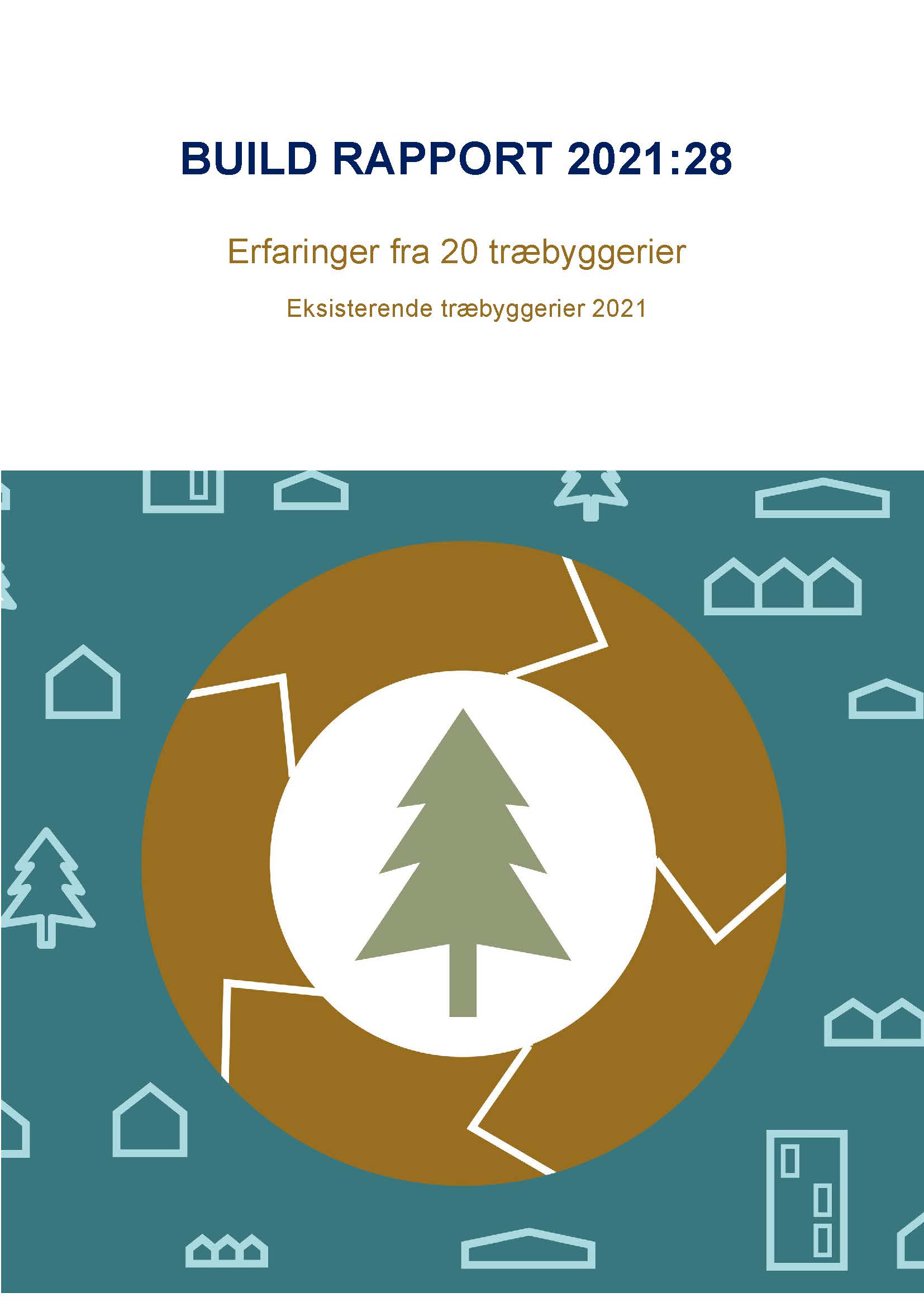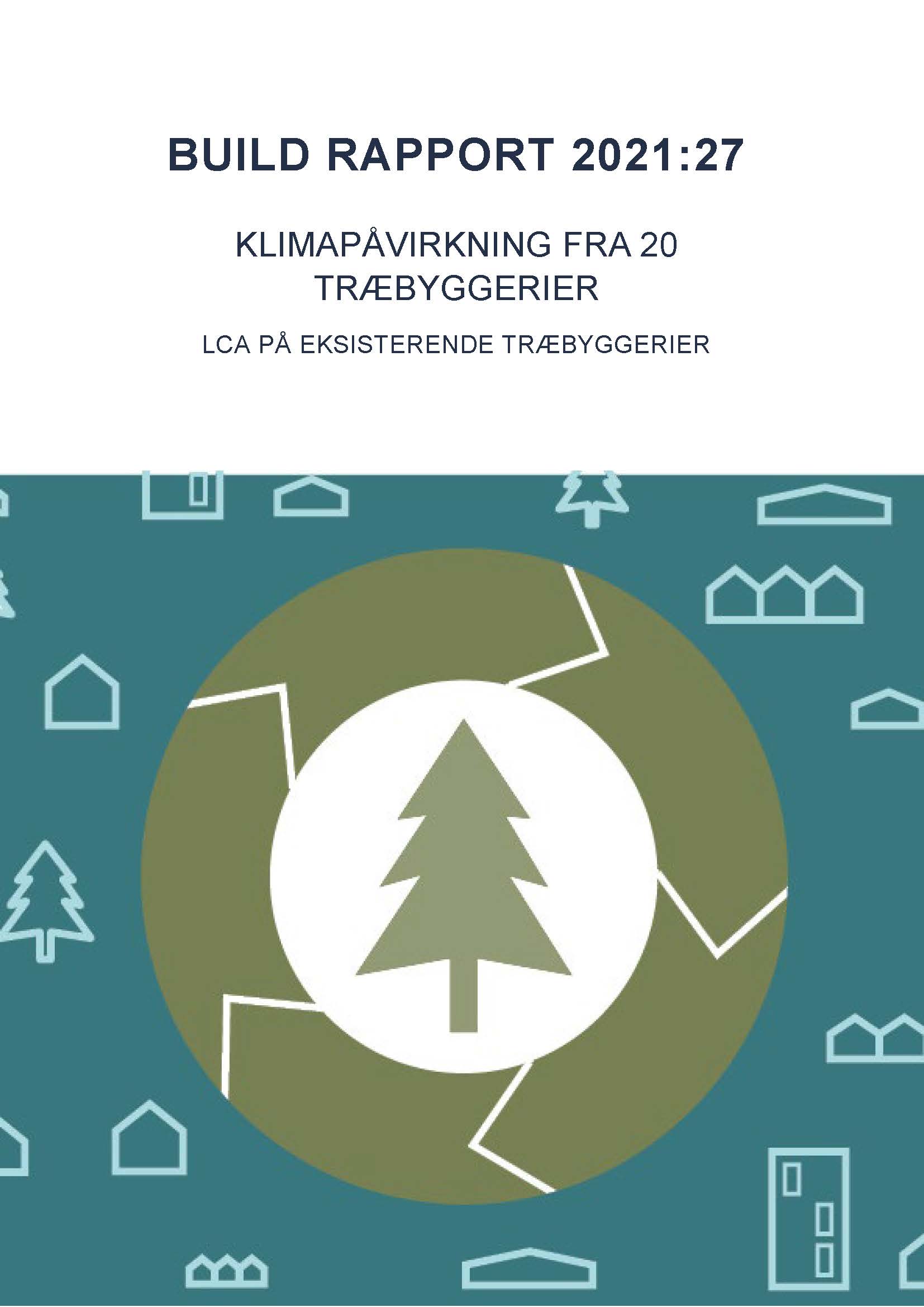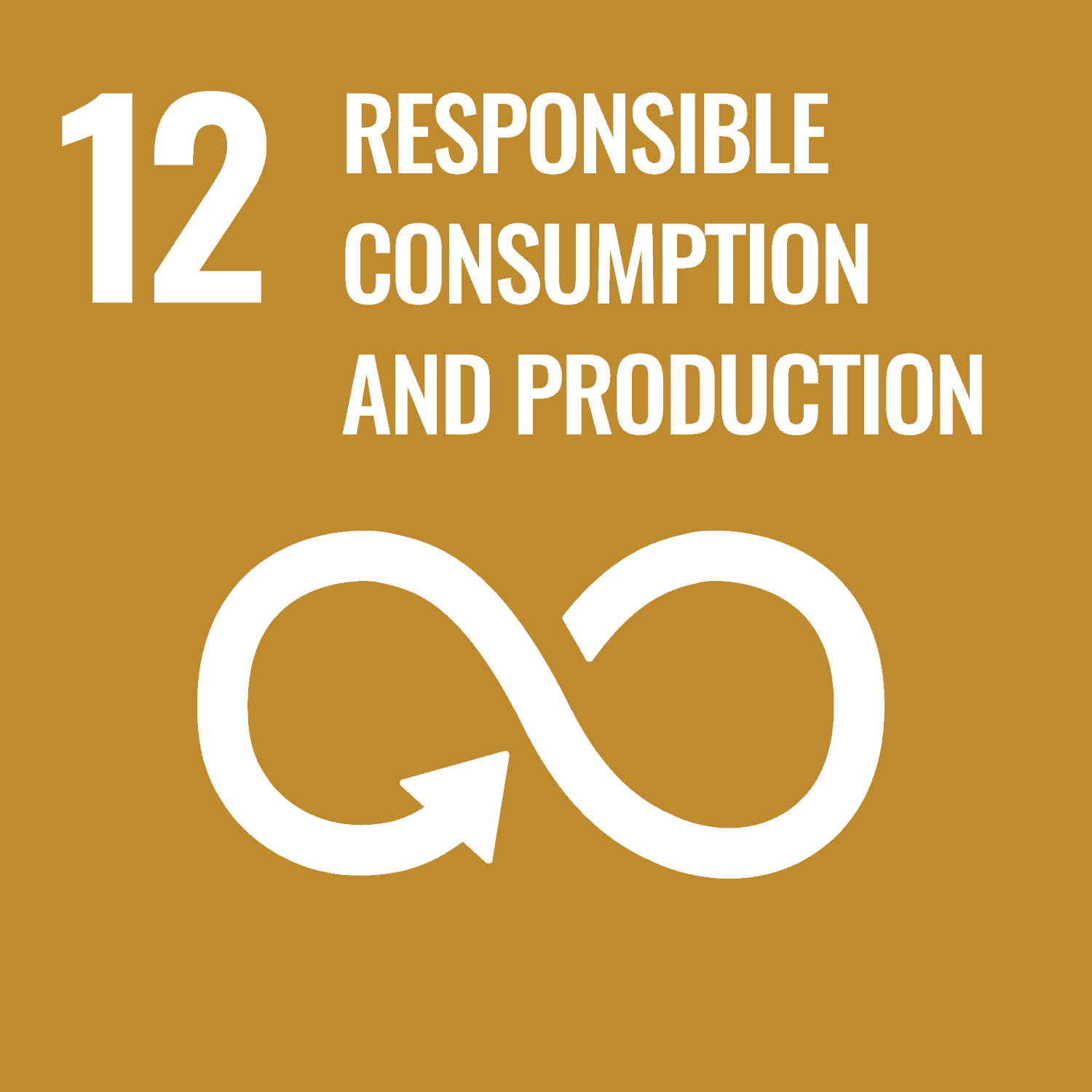Climate and environment when using wood in construction
General information about the project
The project aims to investigate and document environmental and resource impacts associated with the use of wood in construction. The project runs until the end of 2023, and it is relevant for the industry and the use of wood in practice.
By using experiences and data from specific cases and developing generic models for wooden buildings, it will be possible to investigate the climate and environmental impact for buildings that primarily use wood in the load-bearing structures.
Working with specific building cases and generic models allows one to see how construction principles, building geometries, material choices, etc., influence wooden buildings' climate and environmental impacts.
Villum Foundation founded the project with an additional grant from Realdania to uncover in-depth knowledge from specific cases.

Contact the research group
Download publications
Experiences from 20 wooden buildings

Existing wooden buildings 2021
Sustainability and focus on reducing the global climate footprint are critical issues in today's society. There is an increasing focus on reducing the climate impact from materials used in construction as a supplement to reducing the operating energy from the buildings. In this context, the focus is mainly on the potential of wood and other bio-based building materials to reduce the climate impact of buildings. This is due to the tree's ability to store carbon during growth until it decomposes at the end of its life. The report 'Climate impact from wooden buildings - LCA on 20 existing wooden buildings' confirms that it can be an advantage for the climate to build in wood, but that the building as a whole must be taken into account.
Date of Issue
2021-17-10
Authors
Alexandra Wittchen
Torben Valdbjørn Rasmussen
Climate impact from 20 wooden buildings

In today's society, key issues are sustainability and reducing the global climate footprint. There is an increasing focus on reducing the climate impact from materials used in construction as a supplement to reducing the operating energy from the buildings. In this context, the focus is mainly on the potential of wood and other bio-based building materials to reduce the climate impact of buildings. This is due to the tree's ability to store carbon during growth until it decomposes at the end of its life.
Date of Issue
2021-11
Authors
Alexandra Wittchen
Camilla Marlene Ernst Andersen
Harpa Birgisdottir
Freja Nygaard Rasmussen
Liv Kristensen Stranddorf

Embodied GHG Emissions of Wooden Buildings
Challenges of Biogenic Carbon Accounting in Current LCA Methods
Buildings play a vital role in reaching the targets stated by the Intergovernmental Panel on
Climate Change to limit global warming to 1.5 degrees. Increasing the use of wood in
construction is a proposed upcoming strategy to reduce the embodied greenhouse gas
emissions of buildings. This study examines existing life cycle assessments of wooden
buildings. The aim is to investigate embodied greenhouse gas emission results reported,
as well as methodological approaches applied in existing literature. The study applies the
protocol for Systematic Literature Reviews and finds 79 relevant papers. From the final
sample, the study analyses 226 different scenarios in-depth in terms of embodied
emissions, life cycle assessment method, life cycle inventory modelling and biogenic
carbon approach. The analysis shows that the average reported values of embodied
greenhouse gas emissions of wooden buildings are one-third to half of the embodied
emissions reported from buildings in general. Additionally, from the analysis of the final
sample we find that the majority of wooden building life cycle assessments apply similar
methods and often leave out biogenic carbon from the assessment or simply do not
declare it. This implies that the focus on variability in the different methods applied in
wooden building life cycle assessments needs to be increased to establish the relationship
between methodological choices and embodied emissions of wooden buildings. Further,
transparency and conformity in biogenic carbon accounting in life cycle assessments is
essential to enhance comparability between life cycle assessment studies and to avoid
distortions in embodied GHG emission results
Date of Issue
2021-31
Authors
Camilla Ernst Andersen
Freja Nygaard Rasmussen
Guillaume Habert
Harpa Birgisdottir
Environmental Product Declarations of Structural Wood
A Review of Impacts and Potential Pitfalls for Practice
The use of wood and timber products in the construction of buildings is repeatedly pointed
towards as a mean for lowering the environmental footprint. With several countries preparing
regulation for life cycle assessment of buildings, practitioners from industry will presumably look to
the pool of data on wood products found in environmental product declarations (EPDs). However,
the EPDs may vary broadly in terms of reporting and results. This study provides a comprehensive
review of 81 third-party verified EN 15804 EPDs of cross laminated timber (CLT), glulam, laminated
veneer lumber (LVL) and timber. The 81 EPDs represent 86 different products and 152 different
product scenarios. The EPDs mainly represent European production, but also North America and
Australia/New Zealand productions are represented. Reported global warming potential (GWP)
from the EPDs vary within each of the investigated product categories, due to density of the products
and the end-of-life scenarios applied. Median results per kg of product, excluding the biogenic
CO2, are found at 0.26, 0.24, and 0.17 kg CO2e for CLT, glulam, and timber, respectively. Results
further showed that the correlation between GWP and other impact categories is limited. Analysis
of the inherent data uncertainty showed to add up to ±41% to reported impacts when assessed
with an uncertainty method from the literature. However, in some of the average EPDs, even larger
uncertainties of up to 90% for GWP are reported. Life cycle assessment practitioners can use the
median values from this study as generic data in their assessments of buildings. To make the EPDs
easier to use for practitioners, a more detailed coordination between EPD programs and their product
category rules is recommended, as well as digitalization of EPD data
Date of Issue
2021 - 18 - 10
Authors
Freja Nygaard Rasmussen
Camilla Ernst Andersen
Alexandra Wittchen
Rasmus Nøddegaard Hansen
Harpa Birgisdottir







